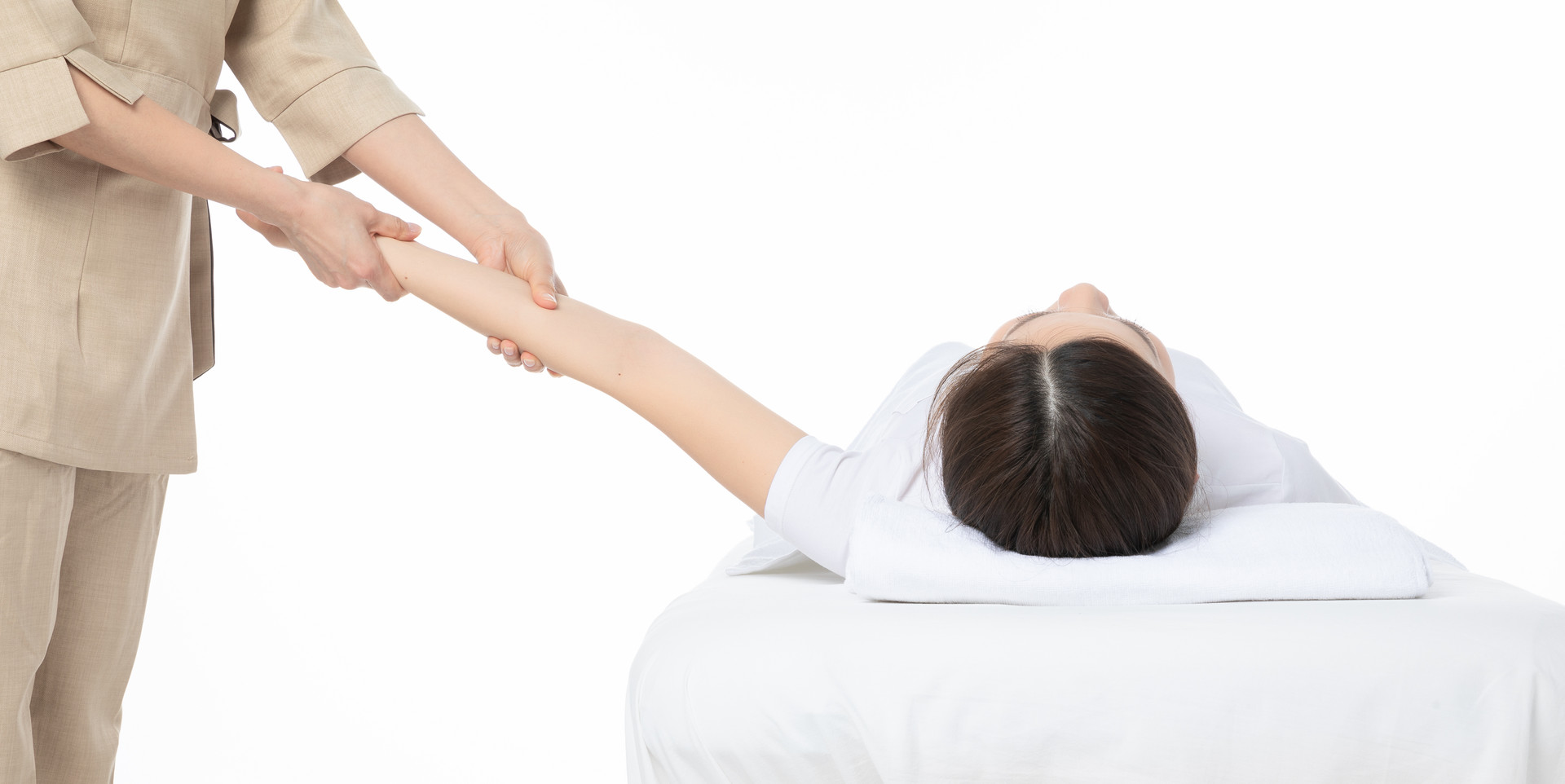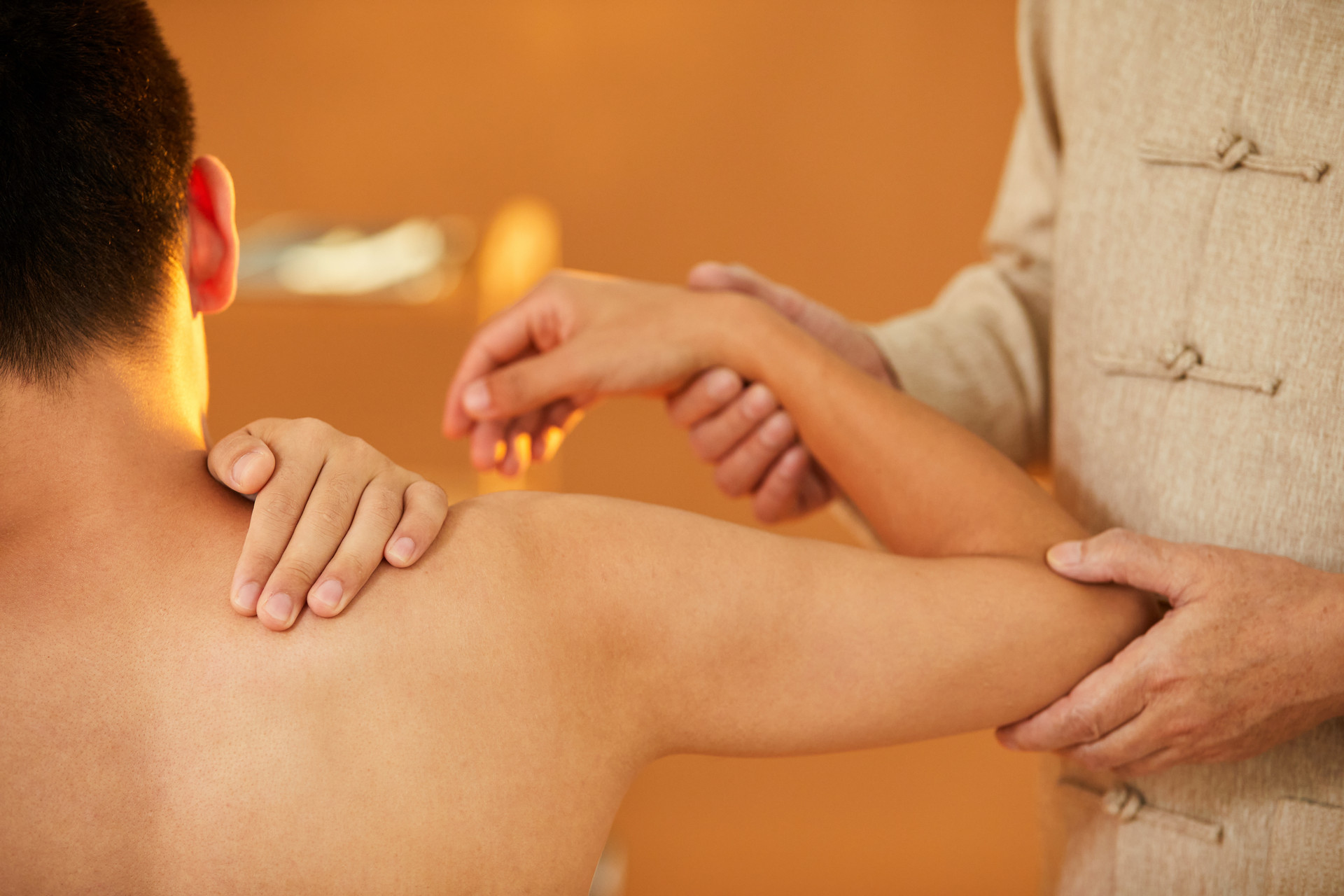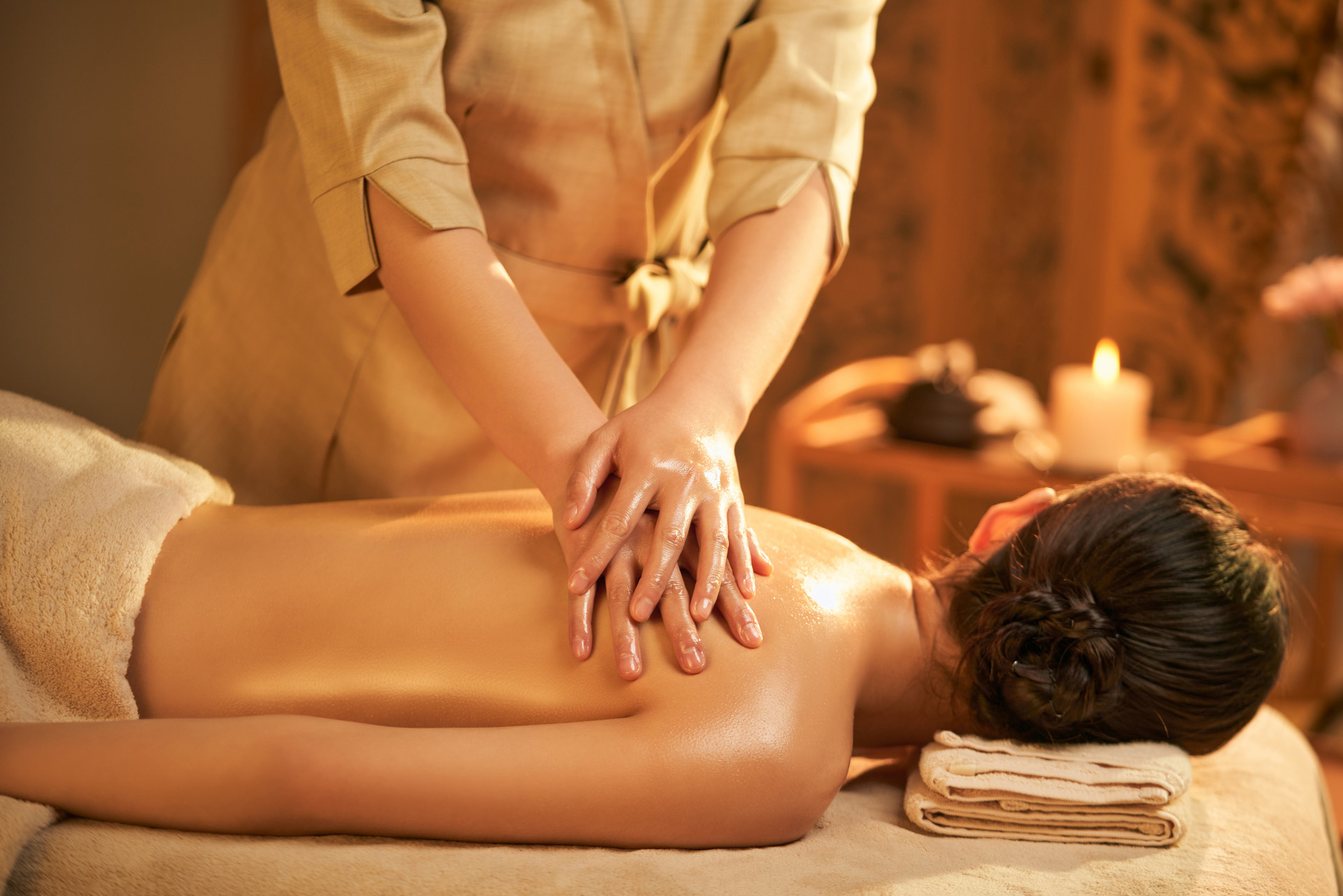Night crying refers to a condition where infants often cry during the night. Some cry intermittently and can fall asleep after crying. Some cry all night and stay awake, but are normal during the day. This condition is most commonly seen in infants under six months old and can last for several days to several months.
Etiology and Pathogenesis
Night crying in infants is often caused by spleen cold, heart heat, fright, and food stagnation.
In traditional Chinese medicine, it is believed that the condition is caused by coldness in the middle burner of the body, which leads to stagnation of Qi and blood. Heat from the fetus accumulates in the heart and spleen, disturbing the spirit. Occasionally, if the child encounters something frightening, it can lead to restlessness and disturbed spirit. In some cases, food stagnation in the stomach can cause discomfort and restlessness during sleep. All these factors contribute to the imbalance of yin and yang, resulting in sleeplessness and crying.
Tuina Treatment
1. Treatment principles
The treatment principles for this condition are calming the spirit and soothing the mind. For those with spleen cold, the treatment aims to warm the middle burner and strengthen the spleen. For those with heat accumulation in the heart meridian, the treatment focuses on clearing the heart fire and promoting bowel movements. For those who are frightened or anxious, the treatment aims to calm the spirit. For those with food stagnation, the treatment aims to resolve the stagnation and regulate the middle burner.
2. Basic techniques
(1) Position the child in a sitting or supine position: Press Baihui point 100 times, rub the fontanelle for one minute, press Renzhong point 100 times; clear the liver wood 100 times, clear the heart fire 100 times, rub Xiaotianxin point 100 times.
(2) Position the child prone: Rub the spine from top to bottom 3-5 times; knead the spine 3-5 times, press and rub Geyu, Ganyu, Xinyu, Piyu, Weiyu, Shenyu, Mingmen, Yaoyangguan, and Pangguangyu points, each point for about half a minute; rub the lumbar and sacral area horizontally, with moderate heat.
3. Differential diagnosis and treatment
(1) Spleen cold: Tonify the spleen earth 300 times, push San Guan 50 times, rub Wai Lao Gong 100 times; take the stomach angle 5-8 times, rub the abdomen in a clockwise direction for 5 minutes, shake the abdomen for one minute or until moderate heat is achieved; knead the spine 3-5 times, press and rub Piyu, Weiyu, Zusanli points, each point for about half a minute; rub the lumbar and sacral area horizontally, with moderate heat.
(2) Heat accumulation in the heart meridian: Clear the heart fire 300 times, clear the liver wood 100 times, clear the small intestine meridian 100 times; pinch the total tendon 10 times, divide the abdomen into yin and yang 50 times; rub Xiaotianxin point 100 times, rub Nei Lao Gong 50 times, rub Shenmen point 100 times; clear the Tianhe water 100 times, retreat the six fu 50 times; push Yongquan point 100 times.
(3) Fright and anxiety: Press Baihui point 100 times, rub the fontanelle for two minutes; clear the heart fire 100 times, clear the liver wood 200 times, tonify the kidney water 300 times; pinch Xiaotianxin point 50 times; rub the spine 2-3 times.
(4) Food stagnation: Rub Banmen point 100 times, tonify the spleen earth 100 times, clear the stomach meridian 100 times; clear the large intestine meridian 100 times, perform internal bagua exercise 50 times; rub Zhongwan point 100 times, rub the abdomen in a clockwise direction for 3 minutes, rub the umbilicus and Tianshu point 100 times; knead the spine 3-5 times, rub the tail of the turtle 100 times, push down the seven vertebral bodies 100 times.
Appropriate Techniques
1. Chinese herbal medicine: For those with spleen cold, Lizhong Wan plus Chanyi and Huanglian can be used. For those who are frightened or anxious, Anshen Dingzhi Wan can be used. For those with food stagnation, Xiaoshi Wan can be used. For those with kidney deficiency, Shengu Wan can be used.
2. Ear acupuncture: Apply pressure on the heart, liver, kidney, spleen, Shenmen, and endocrine points. Select 2-3 points according to the differential diagnosis, alternating between left and right sides, with moderate stimulation. Each course of treatment lasts for 10 days.
3. Acupoint injection: Select Zusanli and Sanyinjiao points, and inject 100mg (1ml) of vitamin B1 and 250mg (2.5ml) of vitamin B12 into the selected points, once a day or every other day.
Precautions
1. Crying itself is an instinct for infants to seek survival. It reflects their discomfort and needs. Therefore, when treating this condition, it is important to distinguish between temporary crying and chronic crying. Temporary crying can be caused by hunger, thirst, cold, heat, wet diapers, itching, or tight wrapping. Once the cause is removed, the crying will stop and it does not require treatment.
2. Protect the child from loud noises and unfamiliar objects to prevent fright and anxiety.
3. Proper care should be provided on a daily basis, with balanced diet and appropriate temperature.
4. Parents should actively cooperate with the treatment and wake the child up at regular intervals during the night for urination.







